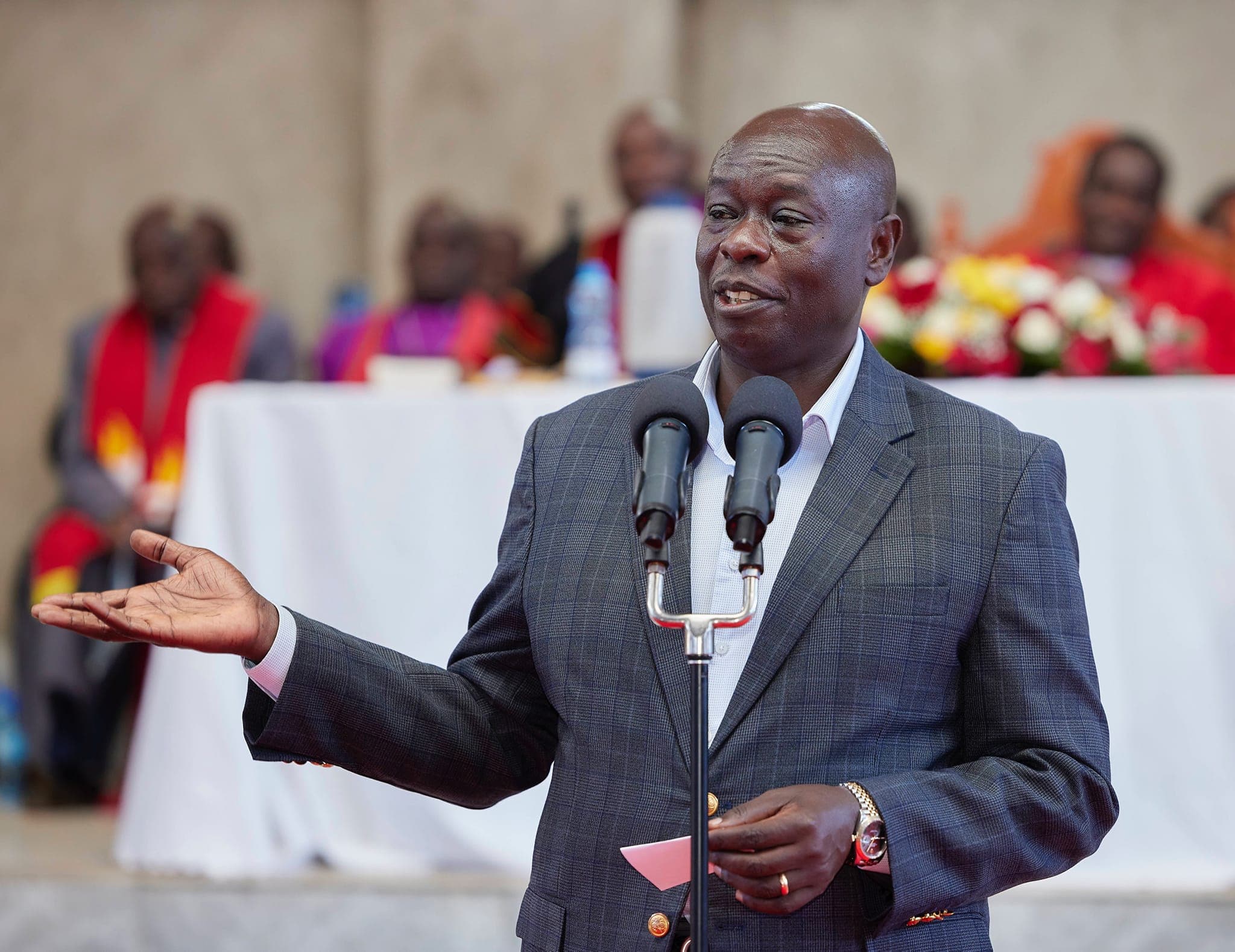We're loading the full news article for you. This includes the article content, images, author information, and related articles.
Deputy President Rigathi Gachagua’s public rebuke of President William Ruto’s economic agenda signals a deepening fracture within the executive, raising questions over the Kenya Kwanza administration's unity and policy direction amid a persistent cost of living crisis.

NAIROBI, EAT – Deputy President Rigathi Gachagua on Sunday, November 9, 2025, launched a sharp critique of President William Ruto’s administration, asserting that Kenya is “moving backwards” and dismissing the Head of State’s ambitious vision to transform the nation into a First World economy within three decades as out of touch with reality. The remarks, made during a church service in Nairobi, represent the most direct public challenge by the Deputy President to his boss, exposing a severe ideological rift at the highest level of Kenya's government.
“I hear them saying they have a plan to elevate Kenya to a First World country... but this ignores the harsh realities facing ordinary citizens,” Gachagua stated, pointing to a deteriorating healthcare system, a struggling education sector, and a hostile business environment as evidence of national regression. This public dissent follows months of simmering tensions and veiled criticism between the two leaders, which have become increasingly visible since mid-2024.
President Ruto has made the “First World Kenya by 2055” pledge a cornerstone of his long-term agenda. Speaking in Vihiga County on November 2, 2025, the President detailed a strategy requiring Sh4 trillion in investments for large-scale infrastructure, energy, and agricultural projects. He emphasized that this transformation could be achieved not through higher taxes but through “brains” and strategic planning, citing the economic success of nations like Singapore and South Korea as a blueprint for Kenya. The vision aims to make Kenya a net exporter of agricultural products by putting two million acres under cultivation and boosting power generation to industrialize the economy.
However, Gachagua’s comments frame this vision as disconnected from the daily struggles of Kenyans. He argued that the ultimate measure of economic progress is not in long-term plans but in the immediate well-being of the populace. “Anytime there is improvement in the economy, people will feel it... Right now, Kenyans are crying,” he said in a recent interview, highlighting the burden of over-taxation on salaried employees. This sentiment resonates with a public grappling with a high cost of living, where food inflation remains a significant concern despite the annual inflation rate holding at 4.6% in October 2025, according to the Kenya National Bureau of Statistics.
The discord between Ruto and Gachagua is not new but has escalated significantly. Political analysts trace the origins of the rift to ideological differences over key policy issues, including the contentious “one man, one vote, one shilling” revenue allocation formula, which Gachagua supports and Ruto opposes as divisive. The Deputy President has increasingly positioned himself as the defender of the Mt. Kenya region’s interests, a move that has isolated him within an administration he feels is sidelining his allies.
Allies of the Deputy President have accused politicians from the President's Rift Valley backyard of orchestrating a campaign to undermine him, with some even alleging plots of impeachment. These tensions have fueled speculation that Gachagua may not be Ruto’s running mate in the 2027 general election. In response, Gachagua has been consolidating his political base, recently launching the Democracy for Citizens Party (DCP) to champion Mt. Kenya's unity and bargaining power ahead of the polls.
The public power struggle threatens to paralyze government functions and distract from pressing national issues. The focus on political infighting comes as many Kenyans demand solutions to youth unemployment, ballooning public debt, and corruption. Critics argue that the political sideshows may be a deliberate distraction from unpopular policies, such as proposed tax hikes in the Finance Bill.
Leaders from the opposition Azimio la Umoja coalition have capitalized on the fallout, with some calling for the ouster of the Kenya Kwanza government. Meanwhile, government-aligned figures have attempted to downplay the rift, with UDA party officials in Nyeri insisting the President and his deputy are working together harmoniously. However, the increasingly confrontational rhetoric from Gachagua, who has vowed a “total reset” of Kenya’s political and economic direction, suggests the conflict is far from over. As the 2027 election cycle draws nearer, this executive fracture is set to become a defining feature of Kenya’s political landscape, with significant implications for the nation’s stability and economic trajectory.
Keep the conversation in one place—threads here stay linked to the story and in the forums.
Other hot threads
E-sports and Gaming Community in Kenya
Active 7 months ago
Popular Recreational Activities Across Counties
Active 7 months ago
The Role of Technology in Modern Agriculture (AgriTech)
Active 7 months ago
Investing in Youth Sports Development Programs
Active 7 months ago